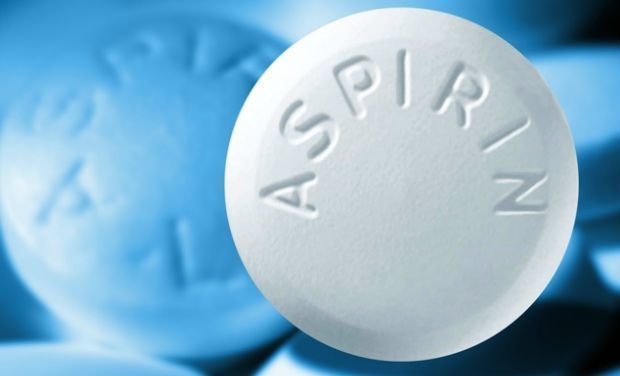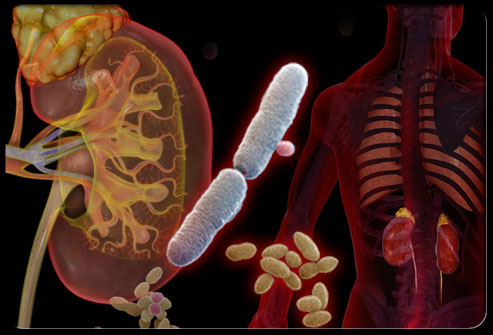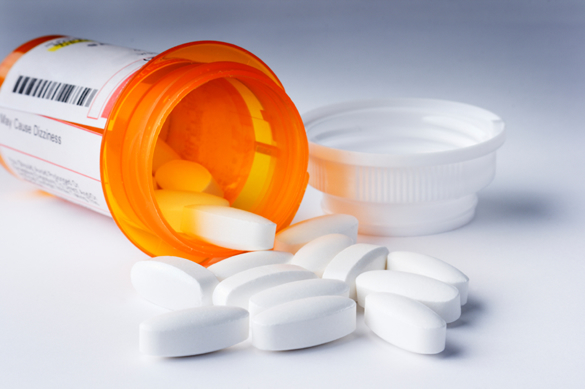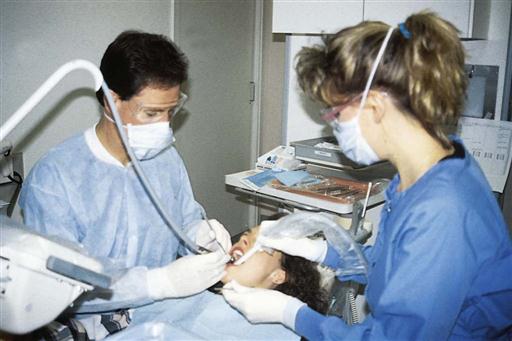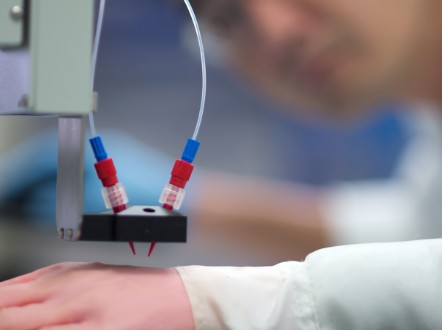The millions of Americans prescribed short-term oral corticosteroids are taking a dose of risk along with their medication, according to a cohort study of more than 1.5 million adults.
Within 30 days of initiating these drugs, even at relatively low doses, users had a nearly twofold increased risk for fracture, a threefold increased risk for venous thromboembolism, and a fivefold increased risk for sepsis.
“Greater attention to initiating prescriptions of these drugs and monitoring for adverse events may potentially improve patient safety,” write Akbar K. Waljee, MD, an assistant professor of gastroenterology at the University of Michigan in Ann Arbor, and colleagues. They present their findings in an article published April 12 in the BMJ.
They found that more than one in five adults included in the Clinformatics DataMart, a large national database of commercial insurance claims, received prescriptions for short-term oral corticosteroids during the 3-year study, which ran from January 1, 2012, to December 31, 2014.
Although corticosteroids are among the most common cause for hospitalization for drug-related adverse events, and various specialties have long focused on optimizing their long-term use, the short-term risks associated with the drugs have been less carefully studied.
“Although physicians focus on the long-term consequences of steroids, they don’t tend to think about potential risks from short-term use,” said Dr Waljee in a university news release. “We see a clear signal of higher rates of these three serious events within 30 days of filling a prescription. We need to understand that steroids do have a real risk and that we may use them more than we really need to. This is so important because of how often these drugs are used.”
Of 1,548,945 adults aged 18 to 64 years included in the database, 327,452 (21.1%) received at least one outpatient prescription for short-term oral corticosteroids (30 or fewer days). The mean age of users was 45.5 years (standard deviation [SD], 11.6 years) compared with 44.1 years (SD, 12.2 years) for nonusers (P < .001). The median duration of use was 6 days (interquartile range, 6 – 12 days).
The six most common indications for the drugs were upper respiratory tract infections, spinal conditions, intervertebral disc disorders, allergies, bronchitis, and nonbronchitic lower respiratory tract disorders. Together, those indications accounted for about half of all prescriptions. The two most common physician specialties prescribing short-term oral corticosteroids were family medicine and general internal medicine.
Nearly half (46.9%) of recipients were prescribed a 6-day prepackaged methylprednisolone “dosepak,” which tapers the dose from highest to lowest. Dr Waljee noted in the news release that although individual oral steroid pills can cost less than a dollar each for a 7-day course, the prepackaged version may cost several times that and often initiates therapy with a higher high dose than may be necessary.
Use was more frequent among older patients, women, and white adults, with significant regional variation (all P < .001).
Within 30 days of drug initiation, there was an increase in incidence rate of the following: sepsis, with a rate ratio of 5.30 (95% CI, 3.80 – 7.41); venous thromboembolism, with a rate ratio of 3.33 (95% CI, 2.78 – 3.99); and fracture, with a rate ratio of 1.87 (95% CI, 1.69 – 2.07).
The increased risk persisted at prednisone equivalent doses of less than 20 mg/day, with an incidence rate ratio of 4.02 for sepsis, 3.61 for venous thromboembolism, and 1.83 for fracture (all P < .001).
Rate ratios decreased during the following subsequent 31 to 90 days, however.
Although rare, hospitalizations were also more frequent in users than nonusers, with 0.05% of users admitted for sepsis compared with 0.02% of nonusers. For blood clots, the admission rate was 0.14% versus 0.09%, and for fractures, it was 0.51% vs 0.39%.
Dr Waljee and associates found it significant that the most frequent corticosteroid prescribers were not rheumatologists or other subspecialists experienced in treating inflammatory conditions long-term. “A substantial challenge to improving use of oral corticosteroids will be the diverse set of conditions and types of providers who administer these drugs in brief courses,” they write. “This raises the need for early general medical education of clinicians about the potential risks of oral corticosteroids and the evidence basis for their use, given that use may not be specific to a particular disease or specialty.”
On the basis of these findings, Dr Waljee recommended prescribing the smallest possible amount of corticosteroids for treating the condition in question. “If there are alternatives to steroids, we should be use those when possible,” he said in the release. “Steroids may work faster, but they aren’t as risk-free as you might think.”
BMJ. 2017;357:j1415


